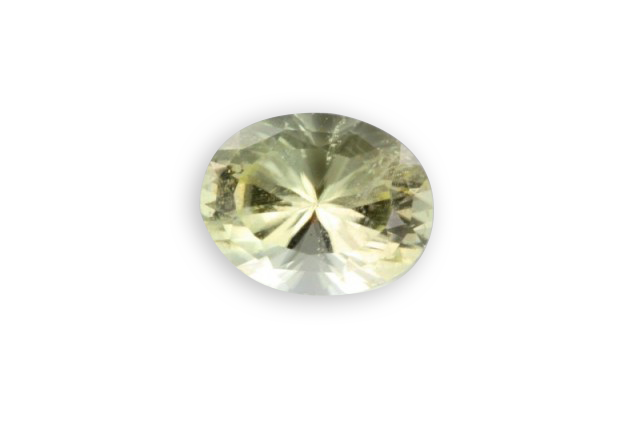
hyalophane
Discovered in 1855, it owes its name to the Greek “hyalos” – glass-, and “Phanos” – which has the appearance.
Je vous emmène à travers mes vidéos découvrir mon expérience acquise depuis plus de 30 ans a silloner le globe entier à la recherche de pierres précieuses, de rencontre mémorables mais aussi de difficulté parfois …

Discovered in 1855, it owes its name to the Greek “hyalos” – glass-, and “Phanos” – which has the appearance.

Its name comes from the Greek “hemi,” half and “morpho” to form, due to the different shape of the tip of its doubly terminated crystals. It was identified by Kenngott in 1853. There is a “matrix” form blue and banded. As Tourmaline it presents the


Successively described and analyzed by many specialists since 1851, its a mixture of feldspar, hornblende, biotite (black mica) and quartz. It is considered an intrusive rock with a texture similar to “granite”, the term “granite” designating a hard stone used in civil engineering. The matrix
